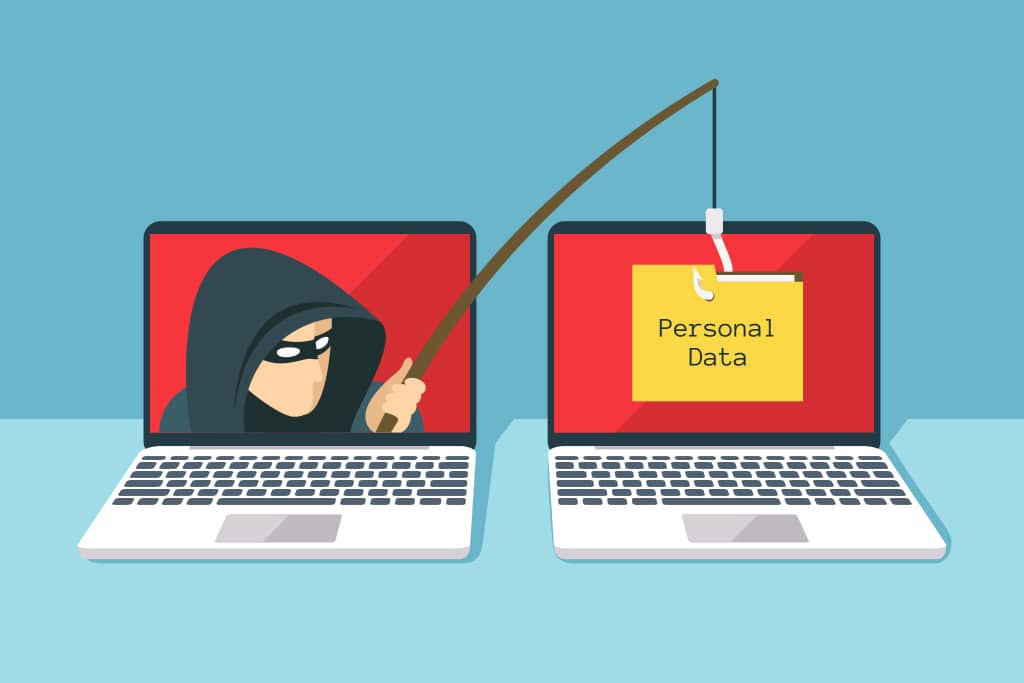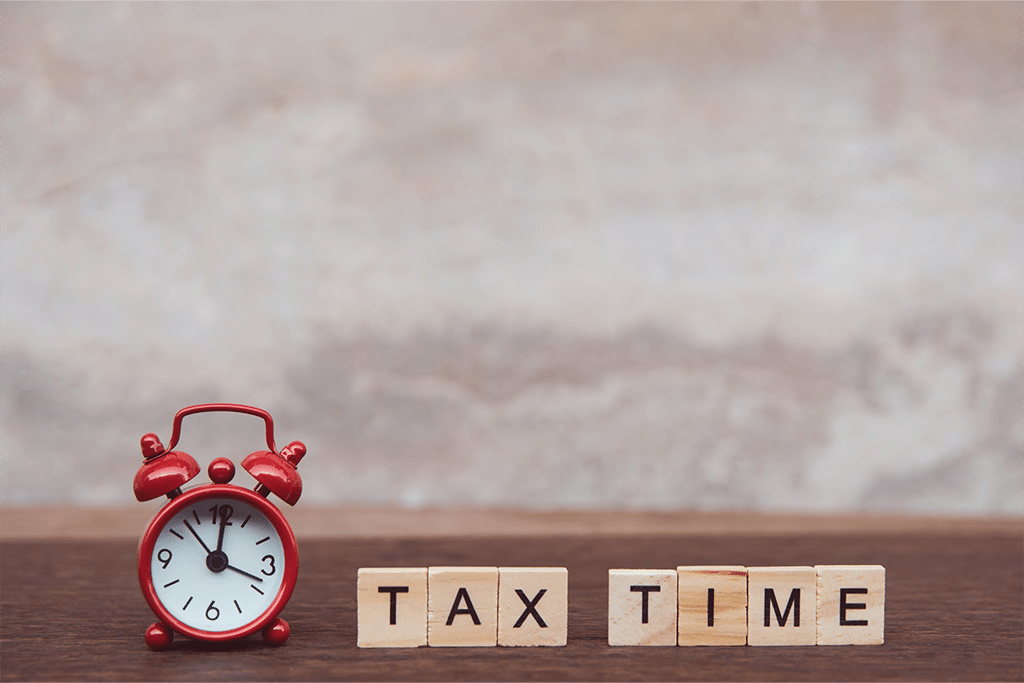
Top ten actions for tough times
March 31, 2020
Identity theft scams – how to protect yourself
September 14, 2020During the coronavirus pandemic, many people are working from home, juggling working, teaching school age children and caring for other family members.
As a result, parts of our homes have become workplaces or schoolrooms and most of us have experienced increases in our living expenses. A key issue to consider is how much of these additional expenses can be claimed as a tax deduction.
The first point to note is that any additional costs you have incurred to educate children (such as buying desks, IT equipment and internet costs) are not tax deductible. And any additional costs incurred to feed your family are also not deductible.
The only expenses that can be claimed are those incurred to enable you to perform paid work at home. That is, there must be a connection between the additional expense and our ability to do our job.
The Australian Taxation Office (ATO) has published a helpful section on its website called “Working from home during COVID-19: https://www.ato.gov.au/General/COVID-19/Support-for-individuals-and-employees/Employees-working-from-home/
This section outlines what you can and can’t claim, noting that you must have actually spent additional money, the expense must be directly related to earning your income and you must have a record to prove it.
It’s important to note that if you’re working at home only due to COVID-19, the ATO advises that you can’t claim for occupancy costs such as mortgage interest, rent and rates and the cost of coffee, tea, milk and other general household items that may otherwise have been provided at work.
The ATO offers three methods from which you can choose to calculate your costs, namely, the shortcut method (80c per work hour for all additional running costs), the fixed rate method (52c for specific costs listed by the ATO) and the actual cost method (requiring a reasonable estimate of your actual costs). The website provides information about how to calculate and claim a deduction.
The shortcut method is only available from 1 March 2020 until (at least) 30 June 2020, depending upon when work patterns return to normal. Here’s an example of how this method works:
Suppose you work 8 hours a day for April and May, that is, two months. This means 40 working days, excluding Good Friday, Easter Monday and Anzac Day public holidays. Assume you work 8 hours a day or 320 hours at 80c per hour, resulting in a tax deduction of $256. Importantly, to verify the claim if asked by the ATO, you must keep a record of your hours of work at home in timesheets, diary notes or a roster.
There will be a special item on the 2019/20 tax return to enable you to claim this deduction.
If you choose not to adopt the shortcut method, the ATO website has some helpful information on the deductibility of home office expenses. This can be accessed at: https://www.ato.gov.au/Individuals/Income-and-deductions/Deductions-you-can-claim/Home-office-expenses/
If you choose the more detailed approach remember to keep all receipts, records and calculations for at least 7 years, just in case you’re ever asked to justify your claim.
Whichever method you prefer, before making a claim we suggest that you should read the relevant sections on the ATO website. They are well-written and (mostly) easy to understand. After that, if you have any questions or are uncertain about which method suits you best, we recommend that you should seek advice from a registered tax agent or qualified accountant.







